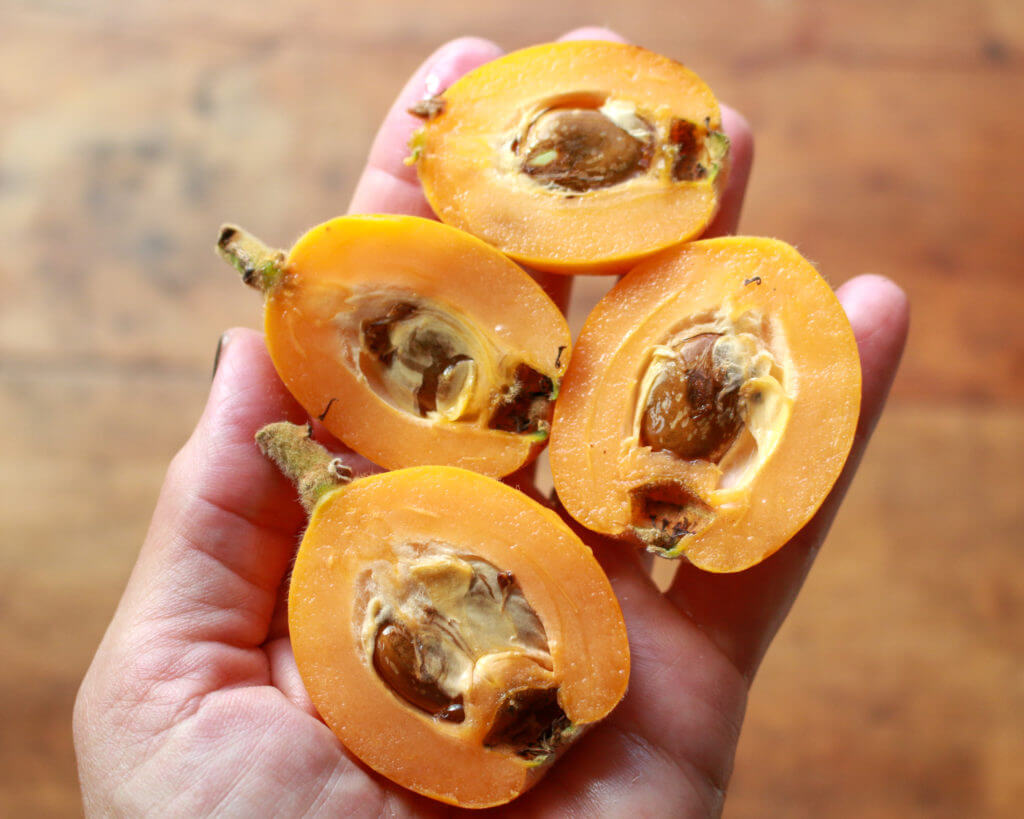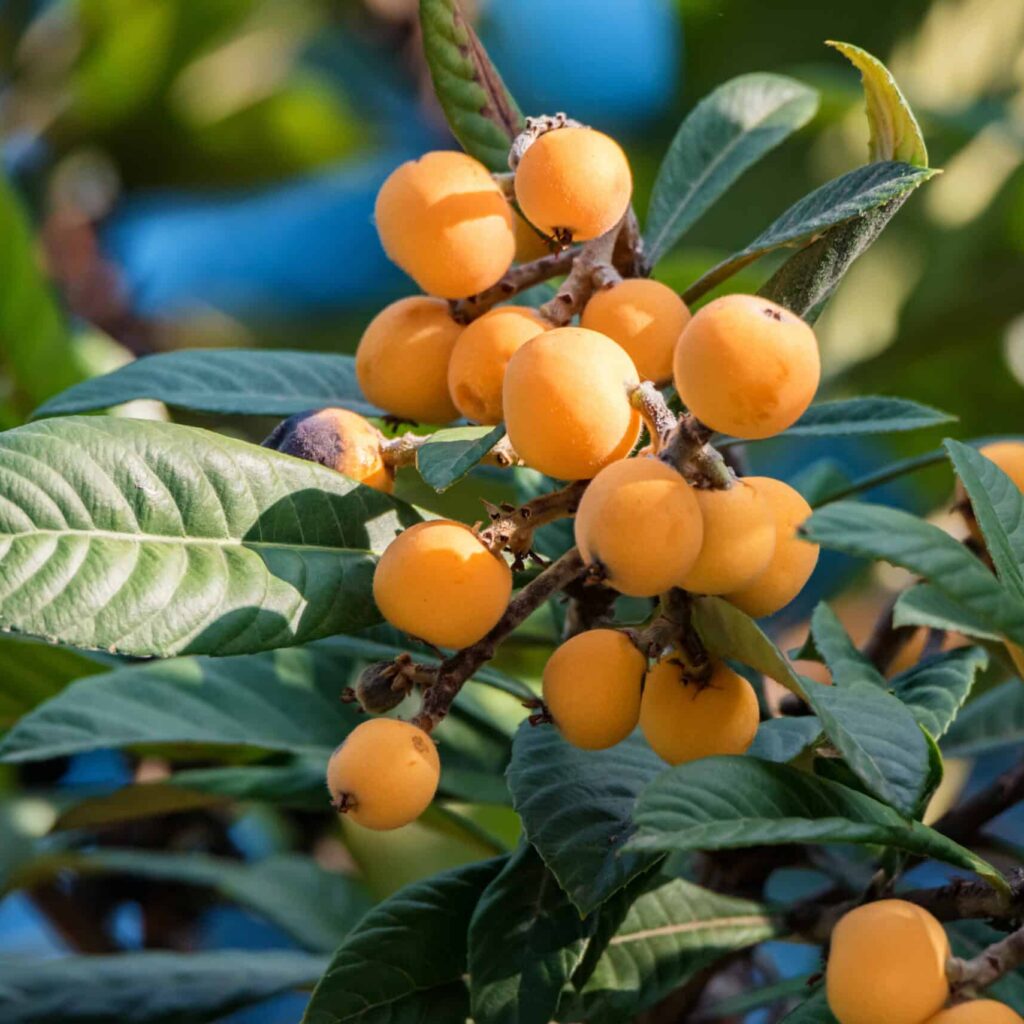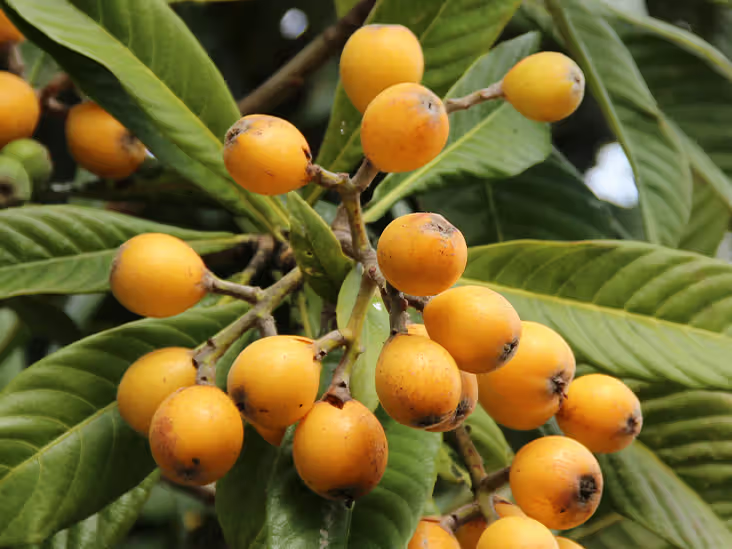Among the many exotic and lesser-known fruits of the world, the loquat stands out for its distinctive taste, vibrant color, and impressive nutritional profile. Known for its juicy, tangy-sweet flavor, loquat is a springtime favorite in several parts of Asia, the Mediterranean, and beyond. But when it comes to global production, one country leads the way in growing this delightful fruit.
In this article, we’ll explore what loquats are, their history, health benefits, how they’re cultivated, and most importantly — which country is famous for producing the most loquats.
What Are Loquats?

Loquat (Eriobotrya japonica) is a small, round or pear-shaped fruit that ripens in clusters. It has smooth, orange-yellow skin, juicy flesh, and large brown seeds in the center. The flavor is often described as a cross between apricot, peach, and mango — mildly sweet with a pleasant tartness.
Key Features:
- Native Region: Southeastern China
- Family: Rosaceae (related to apples, pears, and quinces)
- Best Season: Spring (March to June)
- Uses: Consumed fresh, made into jams, jellies, syrups, and traditional medicines
History and Cultivation of Loquats

Though loquats originated in Southern China, they’ve been cultivated for over a thousand years in Japan, which is largely responsible for spreading loquats to the rest of the world. By the late 1700s, loquats had made their way to India and the Middle East, and eventually to the Mediterranean region, the United States, and Latin America.
Loquat trees thrive in subtropical and mild Mediterranean climates. They’re drought-tolerant, require full sun, and produce fruit early in the year — making them prized for being one of the first fresh fruits of spring.
Which Country Is Famous for Producing the Most Loquats?
China — The Undisputed Global Leader in Loquat Production
When it comes to loquats, China dominates the global stage. As the fruit’s native home, loquat cultivation has been perfected across generations in China’s warm, subtropical regions.
China’s Loquat Production Highlights:
- Annual Production: Around 700,000 to 900,000 metric tons
- Major Growing Provinces:
- Fujian (long considered the birthplace of loquats)
- Guangdong
- Zhejiang
- Sichuan
- Jiangxi
China not only leads in fresh loquat production but also in processed products like loquat preserves, dried loquats, and loquat syrup, widely used in traditional Chinese medicine for soothing sore throats and coughs.
Other Leading Loquat Producing Countries

Though China grows the majority of the world’s loquats, several other countries cultivate this fruit commercially and contribute to international markets.
Japan
Japan is often associated with loquats due to its rich cultural connection and refined cultivation techniques. Loquats were introduced from China over a millennium ago and became one of Japan’s cherished spring fruits.
- Major Growing Regions:
- Nagasaki
- Kagoshima
- Ehime
Japanese loquats are known for their flawless appearance, smooth skin, and delicate flavor, often sold at premium prices in gift boxes.
Annual Production: Approximately 20,000–25,000 metric tons
Turkey
Turkey is Europe’s largest loquat producer, with a steadily growing domestic market and exports.
- Key Regions:
- Antalya
- Mersin
- Adana
The Mediterranean climate provides perfect conditions for loquat cultivation.
Annual Production: Around 17,000–20,000 metric tons
Spain
Spain is one of Europe’s primary suppliers of loquats, particularly to other EU countries.
- Major Regions:
- Alicante (Callosa d’en Sarrià) — known for protected designation of origin (PDO) status
Annual Production: Approximately 12,000–15,000 metric tons
Italy
In Italy, loquats grow in Sicily and southern regions like Calabria.
Annual Production: Around 5,000–7,000 metric tons
United States
In the US, loquats are cultivated primarily in California, Florida, and Hawaii.
Annual Production: Modest, with fruit mostly for local farmers’ markets and home gardens.
How the World Sources Its Loquats

Because loquats have a short shelf life and bruise easily, fresh exports are limited. However, certain processed loquat products are traded internationally.
Fresh Loquats:
- China mainly serves its enormous domestic market but exports some fresh fruit to Hong Kong and Southeast Asia.
- Japan, Spain, and Turkey export fresh loquats within Asia and Europe.
Processed Products:
- Loquat preserves, jams, syrups, and loquat-leaf teas are increasingly popular in health and wellness markets.
- China and Japan lead in producing medicinal loquat syrup (used for throat and respiratory care).
Global Loquat Production Figures (Approximate)
| Country | Annual Production (Metric Tons) | Notable Growing Regions |
|---|---|---|
| China | 700,000–900,000 | Fujian, Guangdong, Zhejiang |
| Japan | 20,000–25,000 | Nagasaki, Kagoshima, Ehime |
| Turkey | 17,000–20,000 | Antalya, Mersin, Adana |
| Spain | 12,000–15,000 | Alicante |
| Italy | 5,000–7,000 | Sicily, Calabria |
Health Benefits of Loquats

Apart from their delightful flavor, loquats are loaded with health benefits:
- Rich in Vitamins: Especially vitamin A, C, and E
- Packed with Antioxidants: Supports immune function and protects against oxidative stress
- High in Dietary Fiber: Aids digestion and gut health
- Low in Calories: Ideal for weight management
- Traditional Medicine Use: Loquat syrup is widely used in Chinese medicine for respiratory health, reducing inflammation, and cooling the body
Global Loquat Market Trends
As health-conscious consumers seek exotic, antioxidant-rich fruits, loquats are gaining attention outside their traditional strongholds.
- Increased demand for fresh tropical fruits in Europe and North America
- Growth in premium loquat preserves and jams
- Surging popularity of loquat-leaf tea and syrup for wellness
- Opportunities for China, Turkey, and Spain to expand exports
Conclusion: Which Country Is Famous for Producing the Most Loquats?
Without question, China is the most famous and largest producer of loquats in the world. The fruit has been part of Chinese agriculture, cuisine, and medicine for centuries, and the country continues to supply the majority of the global market.
With Japan, Turkey, Spain, and Italy also contributing to international loquat production, this vibrant fruit is no longer a regional secret. Thanks to its unique flavor, health benefits, and rising wellness trends, loquat is quickly becoming a prized addition to diets around the world.





